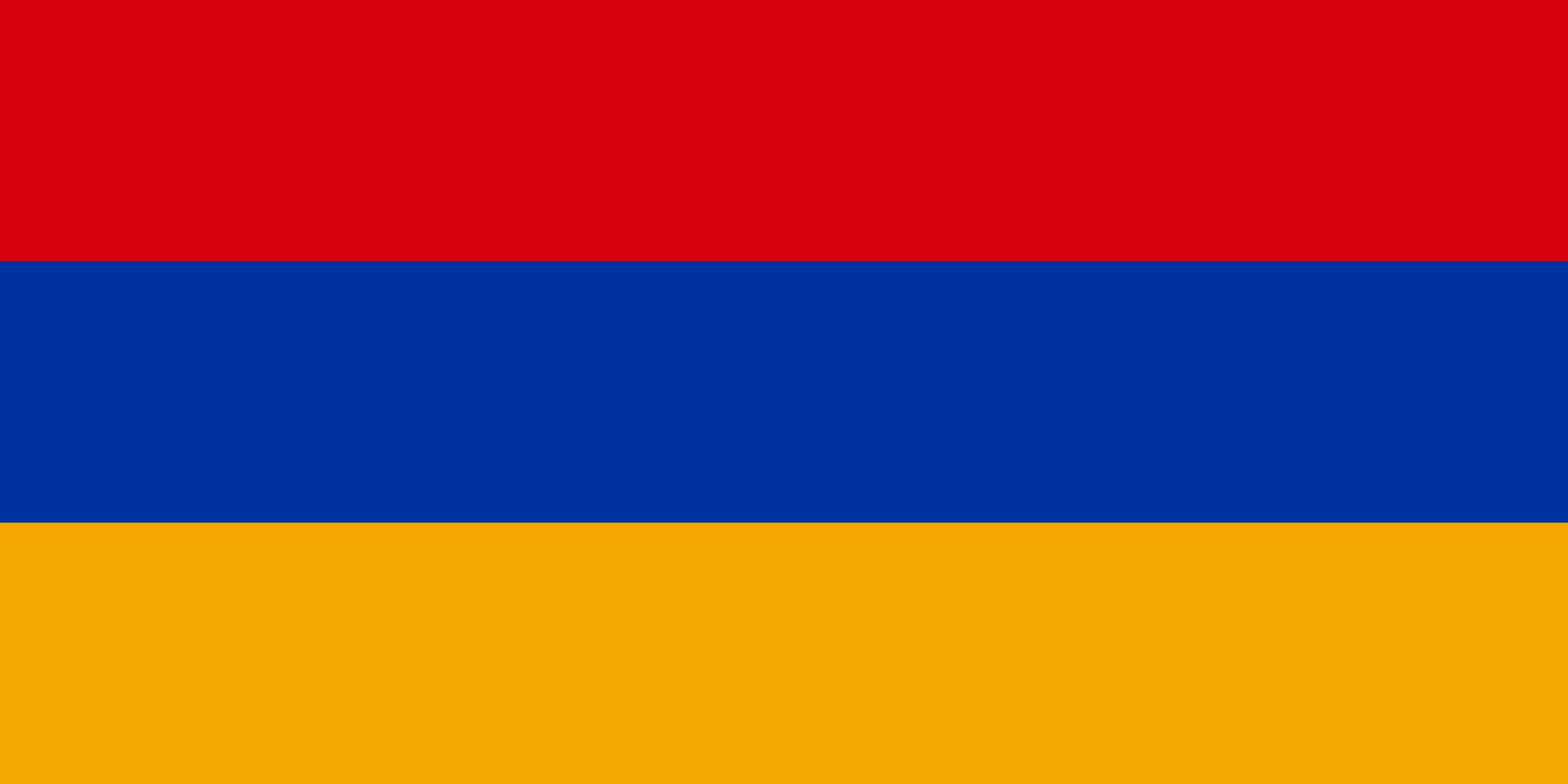Flags of Armenia

The flag of Armenia is a national symbol that represents the country’s rich history, culture, and identity. Here are some facts about the flag of Armenia:
- Design: The flag consists of three horizontal stripes of equal width. The top and bottom stripes are red, while the middle stripe is orange. In the center of the flag, there is a stylized Armenian national emblem known as the Coat of Arms of Armenia.
- Colors: The red color on the flag represents the courage and resilience of the Armenian people, while the orange color symbolizes the fertile land and the hardworking nature of the population.
- Historical Origin: The current design of the flag was adopted on August 24, 1990, during the period of Armenia’s independence movement. However, the colors of red, blue, and orange have been associated with Armenia for centuries and have been used in various Armenian flags throughout history.
- Armenian Coat of Arms: The Coat of Arms of Armenia depicted in the flag’s center consists of a shield with a depiction of Mount Ararat, which holds significant cultural and historical importance to the Armenian people. The shield is supported by an eagle and a lion, representing power and royalty.
- National Symbolism: The flag represents the aspirations of the Armenian people for freedom, independence, and a strong national identity. It is a symbol of unity and pride among Armenians worldwide, signifying their historical heritage and cultural values.
- Display and Protocol: The flag of Armenia is prominently displayed throughout the country on public buildings, schools, and during national holidays and events. It has specific protocols for its display, including proper positioning, folding, and handling.
- Flag Day: Armenia celebrates Flag Day on August 24th each year to commemorate the adoption of the national flag. It is a day to honor and recognize the importance of the flag as a symbol of national identity and unity.
The flag of Armenia holds deep cultural and historical significance to the Armenian people, representing their struggle for independence and their rich heritage. It serves as a powerful symbol of pride, unity, and resilience for Armenians around the world.